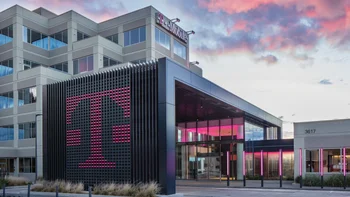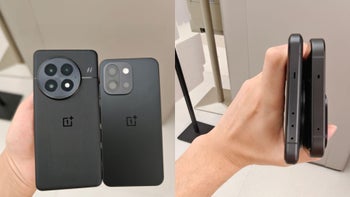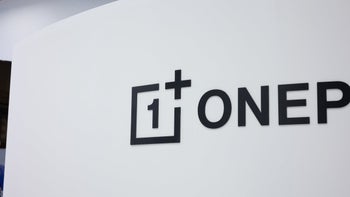Intel's decision to outsource flagship 2nm production with TSMC is a bad sign for the U.S. foundry

Back in October 2021, then-Intel CEO Pat Gelsinger claimed that Intel was about to embark on an amazing journey that would allow their transistor sizes to shrink at a faster pace than Moore's Law. The latter, an observation by Intel co-founder Gordon Moore, said that transistor counts inside chips double every other year. It has been the blueprint that has guided chip designers for decades.
Gelsinger's comment was meant to show how Intel would eventually match and then surpass the process leaders which are TSMC and Samsung Foundry. Intel's 18A process node was supposed to kick off high-volume production later this year. This node is considered to be sub-2nm which would allow Intel to say that it has surpassed TSMC and Samsung Foundry for process node leadership in the industry.
However, a report published today by Taiwan Economic Daily is worrisome for Intel as the latter is having TSMC build its Nova Lake CPU using the Taiwan foundry's 2nm process node. The report notes that Intel plans on having TSMC produce the CPU using its first-generation N2 node. Considering that Intel's new executives have made it clear that they want to deliver its best to customers, what is Intel saying about its 18A node if it is switching to TSMC's 2nm production to build the component? Originally, Intel claimed that its 18A production was better than TSMC's 2nm node but its actions speak louder than its words.
It appears that Intel will engage in a dual-sourcing strategy that will use TSMC's fabs to build its flagship chips. The in-house Intel Foundry Service (IFS) would be used to produce non-flagship chips. AMD recently announced that it was the first TSMC customer to place an order for 2nm production for its 6th-generation EPYC "Venice" processors. TSMC will be using the 2nm process node to build Apple's A20 and A20 Pro application processors for the 2026 iPhone 18 line.
Intel will use its 18A node for Panther Lake SoCs and Clearwater Forest Xeon. This is a big sign for Intel since it means that it doesn't plan on just dropping its in-house process nodes even if they won't be used on flagship silicon.
This isn't exactly what Gelsinger had in mind when he made it sound as though Intel was aggressively going after TSMC and Samsung Foundry and would overtake them by 2025. But Gelsinger is gone after a tough year that saw the company lose $18.8 billion (which included write-offs). The market is questioning whether Intel will be able to compete with TSMC in the contract chip manufacturing industry.
All Intel can do at this point is sweep 2024 and 2025 under the rug and start all over again next year.












Things that are NOT allowed: